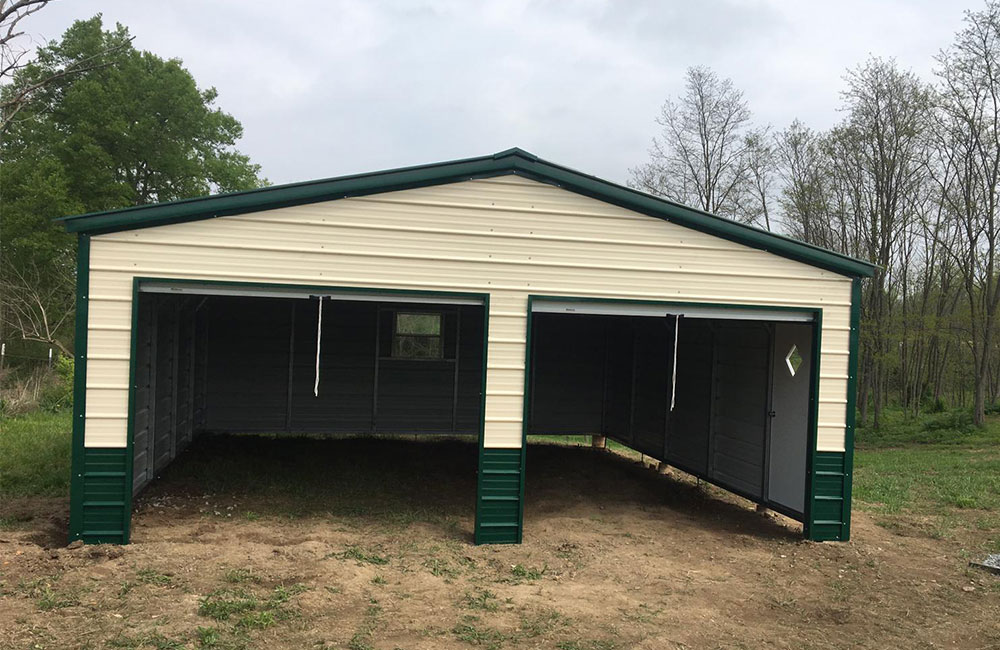
Insulating a metal building is essential for maintaining comfortable indoor temperatures, preventing condensation, and reducing energy costs. Metal buildings are often used for various purposes, including warehouses, workshops, and even homes. Proper insulation is key to making these structures functional and energy-efficient.
In this article, we will discuss the steps to effectively insulate a metal building.
1. Assess Your Needs
Before you begin insulating your metal building, it’s crucial to assess your specific needs. Consider factors such as the building’s intended use, local climate, and budget. Different insulation materials and methods may be more suitable for certain applications and environments.
2. Choose the Right Insulation Material
There are several insulation materials to choose from, including fiberglass, foam board, spray foam, and reflective insulation. Each material has its advantages and disadvantages. For example, fiberglass is cost-effective and readily available but may require professional installation. Spray foam provides excellent insulation and can fill gaps and cracks but is more expensive. Reflective insulation is effective in hot climates as it reflects heat away from the building. Select the material that best suits your needs and budget.
3. Install a Vapor Barrier
A vapor barrier is essential in preventing moisture from penetrating the insulation and causing problems like condensation and mold growth. The vapor barrier should be placed on the warm side of the insulation. In cold climates, this means it should be on the inside, facing the interior of the building.
4. Seal Gaps and Cracks
Metal buildings often have gaps and seams that can allow air infiltration. Seal these gaps and cracks with caulk or weatherstripping to create an airtight seal. Pay close attention to areas around doors, windows, and roof penetrations.
5. Consider Radiant Barrier
In hot climates, installing a radiant barrier can be highly effective. A radiant barrier reflects heat away from the building, reducing the need for air conditioning. It’s typically installed on the underside of the roof.
6. Insulate Walls and Roof
Once you’ve prepared the building, it’s time to install the insulation. The specific method will depend on the insulation material you’ve chosen. For fiberglass or foam board insulation, you’ll typically attach it directly to the walls and roof using fasteners. For spray foam insulation, a professional contractor will apply it evenly to create a seamless and airtight layer.
7. Insulate the Floor, if needed
If your metal building has a concrete floor, you may want to insulate it as well, especially if the building is used for living spaces or temperature-sensitive activities. Install insulation beneath the floor, and then cover it with a subfloor material.
8. Test for Effectiveness
After insulation is installed, it’s a good idea to test its effectiveness. Monitor indoor temperatures and energy consumption to ensure that your insulation is doing its job. If you notice any issues, such as temperature fluctuations or increased energy bills, you may need to make adjustments or add additional insulation in problem areas.
